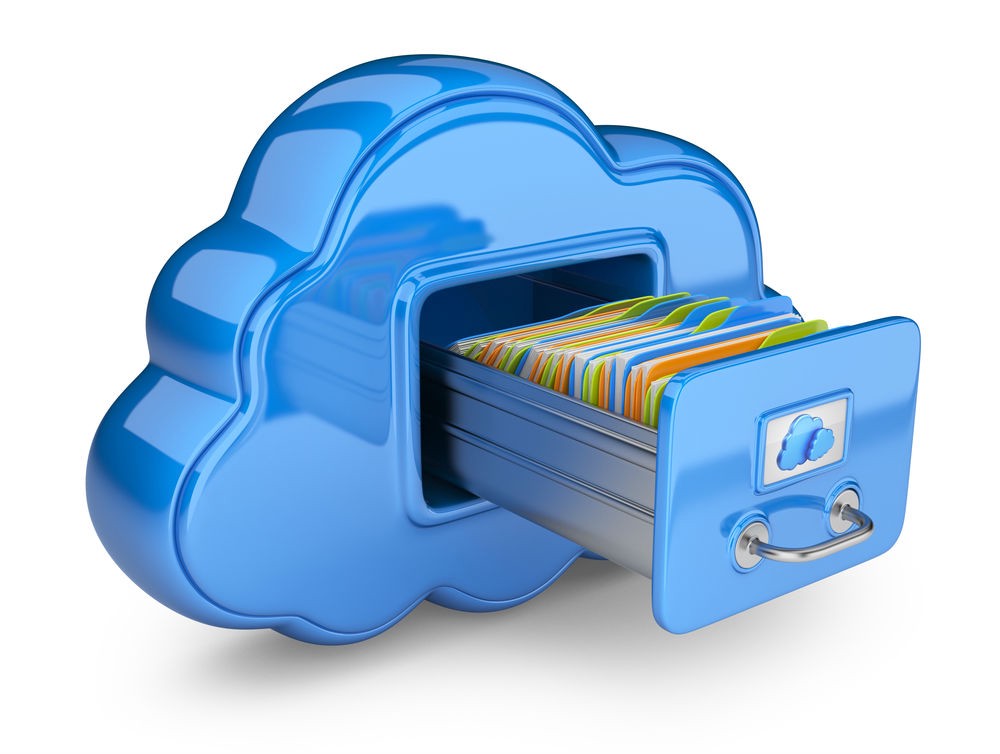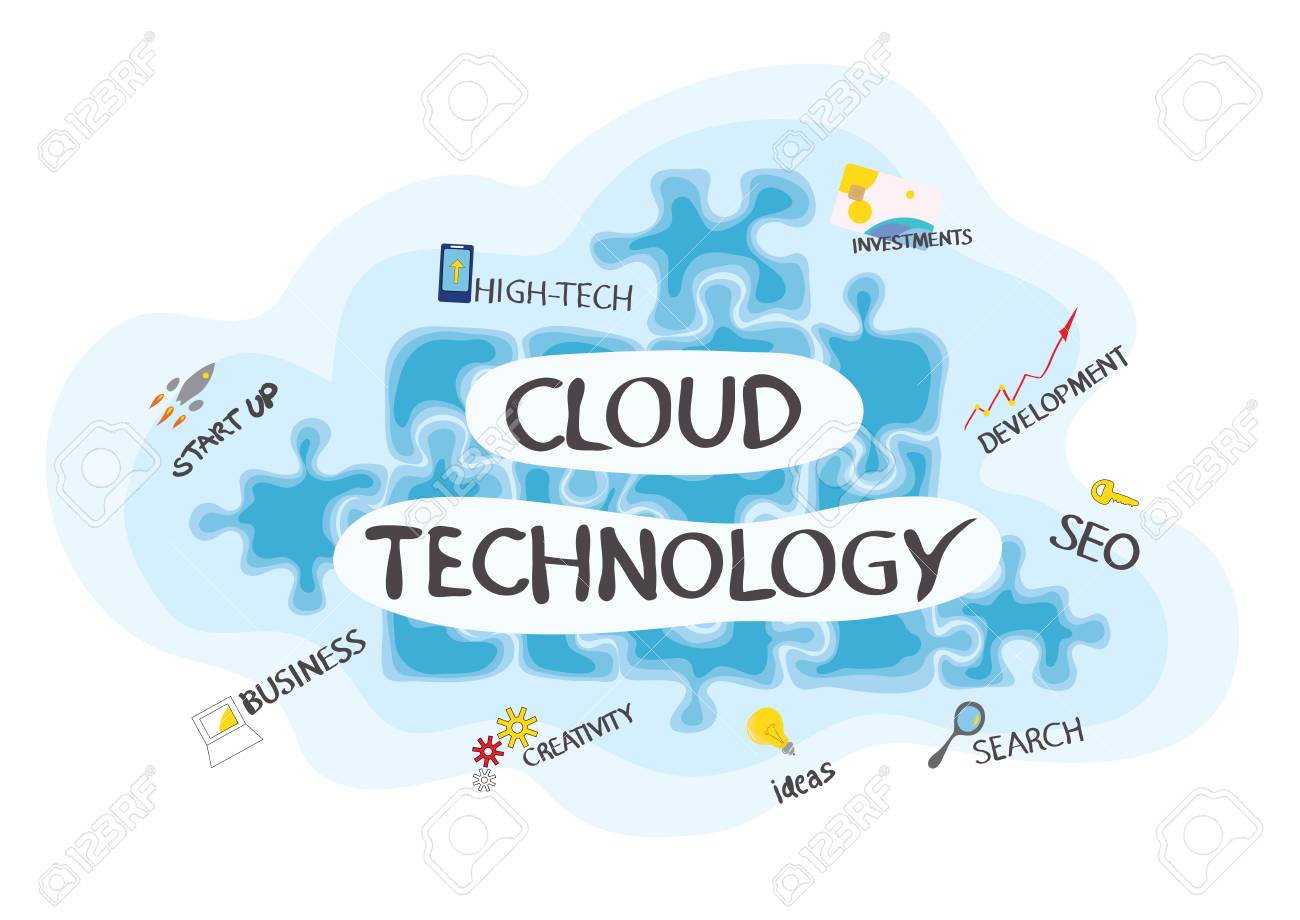Choosing the right storage solution can help your company save money and protect critical data from environmental damages. There are several types of storage solutions available to businesses, including local storage, NAS and SAN.
Local storage is a great option for small business, allowing them to store their data locally and access it quickly. It is also easy to deploy, manage and consolidate.
Scalable cloud computing
Scalable cloud computing enables organizations to easily increase or decrease their IT infrastructure capacity, without affecting business operations. This flexibility is a key advantage of the cloud model. Scalability can be achieved by scaling up or down, horizontally or diagonally, or a combination of these approaches. Third-party cloud vendors typically provide scalable solutions by leveraging existing cloud infrastructure, resulting in quick and easy configuration. This saves IT teams valuable time and resources that would be spent setting up physical hardware, which can take weeks.
Horizontal and vertical scaling involve adding or diminishing power to an existing cloud server by upgrading its memory, storage, or processing capability. This type of scalability provides more predictable growth and may reduce costs, while ensuring that performance is not compromised. Elastic scalability, on the other hand, is more in-the-moment and allows systems to adapt to varying traffic demands. This is especially beneficial to companies that experience unpredictable and seasonal spikes in web traffic.
Hybrid storage
Hybrid storage is a combination of different types of storage media in one system. It combines the benefits of RAM and SSD caching with the cost efficiency of traditional spinning disks to provide an ideal balance of performance and cost.
Hybrid products monitor data as it’s read from the hard drive and cache the most frequently accessed bits in high-speed NAND flash memory, which provides SSD-levels of performance for your most important files. This caching also reduces read and write IO load on the hard drive, which can extend its life by reducing stress and wear.
Early hybrid drives used separate physical devices – a hard drive and a solid state drive – which required special driver support to work properly. More recent SSHDs integrate both a HDD and an SSD in one device, allowing them to appear as a single storage device to the operating system. This simplifies management and reduces the likelihood of errors caused by manually moving files between pools of storage.
On-premise storage
The on-premise storage model stores data locally, using hardware that is owned and managed by the enterprise. This type of storage solution is a good fit for businesses that are concerned about privacy and security issues.
The upfront cost of on-premise storage can be expensive, especially for start-ups that must invest in both hardware and software. It also requires a lot of human resources to maintain and upgrade the hardware.
Another concern with on-premise storage is that it doesn’t automatically back up data, which increases the risk of data loss. Without backups, a single faulty server can wipe out all of a company’s data. This is a major problem for companies in highly regulated industries.
The best way to avoid data loss is to work with a hybrid storage solution that can backup your data and work offline. This can save your business on costly internet bills and reduce the time you spend waiting for files to upload or download.
Cloud-based storage
Using cloud storage to backup your data offers peace of mind that your information will be saved in case you experience any hardware problems. It also eliminates the need for you to pay for employees to run and maintain servers. This can save you money on hardware costs as well as salary expenses.
Remote work is becoming a norm for many businesses, so it’s important to design your IT infrastructure accordingly. This includes a strong cloud storage strategy that will allow your team to collaborate seamlessly no matter the location.
One of the challenges with cloud storage is vendor lock-in, which can be a serious issue for medium-to-large size businesses that store massive amounts of data with one provider. While this can be a problem, it’s usually possible to migrate data from one provider to another with some effort. However, this can be a time-consuming process due to the large amount of data involved. Also, it’s important to understand that cloud storage isn’t always secure.






